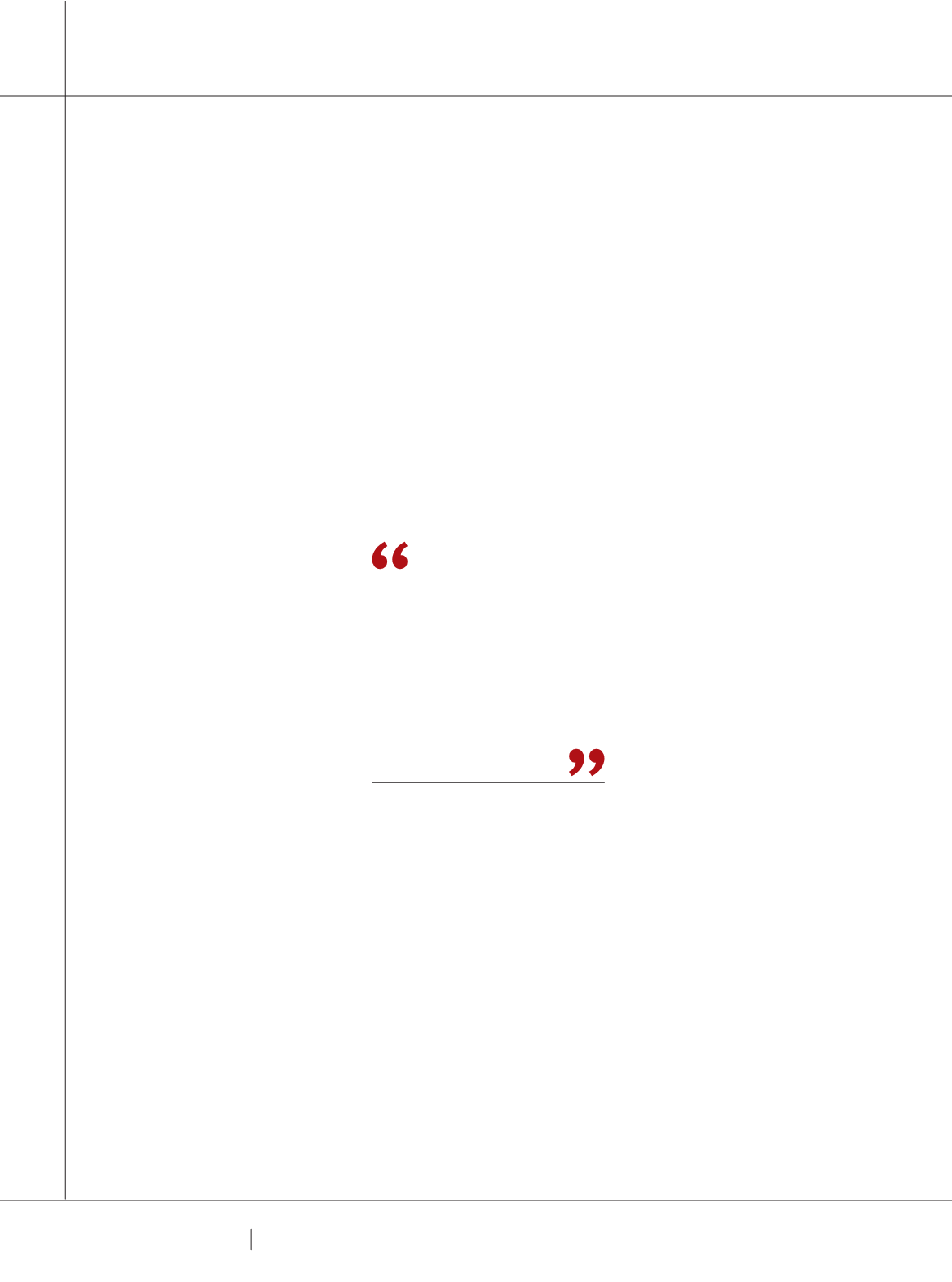

2 6
PLUMBING CONNECTION
AUTUMN 2016
The certificates can later be traded in for a cash
rebate, potentially improving a contractor’s cash flow and
competiveness in the market.
“High energy users, carbon producers and energy retailers
of the country have a liability under the RET, which came into
effect in 2001 as part of the Howard Government’s Climate
Change Action Plan,” Greenbank Environmental chief
executive Fiona O’Hehir says.
“It started as a 2% target but has since increased to 20%
by 2020.
“Now if you install say, a solar water-heating system, then
you’re not contributing to greenhouse gas emissions, which
means you’re entitled to create RECs. RECs are worth money
on the environmental market, which works similar to a stock
exchange.
“So if you want to know why you’re losing market share,
chances are that your competitor is offsetting the cost of a
system with RECs.”
WHAT IS VEET?
VEET is a Victorian based scheme and
is one of the energy efficiency schemes
operating across the country to reduce
greenhouse gas emissions.
It is also designed to encourage
investment, employment and
technology development in industries
supplying goods and services that
reduce consumer use of electricity and
gas.
The scheme operates by placing a
liability on large energy retailers in
Victoria to surrender a specified number
of VEECs every year. Each certificate
represents one tonne of greenhouse gas abated.
The VEET Act and regulations allow for accredited entities
to create VEECs when they help consumers make selected
energy efficiency improvements to their home or business.
“Plumbers can now register with the Essential Services
Commission – which administers VEET – so that installation
of energy efficiency product can attract VEECs,” a Victorian
Department of Primary Industries spokesman says.
“When plumbers involve themselves in the scheme,
either directly or through a third party like Greenbank, the
revenue created through the sale of certificates means
they can offer discounts to their customers, thereby making
themselves more competitive.”
VEET is a market-based scheme, meaning the value of
individual certificates is determined by supply and demand.
Electricity retailers are required to purchase or generate
VEECs to reach defined targets each year.
Greenbank’s settlements manager and head of energy
efficiency Ben Redmond explains that the VEET was
established as a residential scheme. Home owners could
change their incandescent globes to CFLs, or electric water
heaters to instantaneous gas or solar, both of which would
reduce their energy consumption.
“The number of tonnes of greenhouse gases you abated is
how many certificates you earned,” Ben says.
“The VEET program was then expanded into the
commercial market, and the advent of LED meant that the
most common way of earning VEECs was the replacement of
halogen lamps with LED lighting.”
WHAT IS THE ESS?
Just like its Victorian counterpart, the NSW ESS reduces
electricity consumption in NSW by creating financial
incentives for organisations to invest in energy savings
projects.
“Energy savings are achieved by installing, improving or
replacing energy savings equipment,” a
spokesman says.
“The ESS is governed by NSW
legislation. It places a mandatory
obligation on ‘liable entities’ (eg: energy
retailers) to obtain and surrender ESCs,
which represent energy savings.
“The development of the policy
framework is the responsibility of the
Office of Environment and Heritage
and the Department of Trade and
Investment, Regional Infrastructure and
Services.
“When businesses invest in reducing
their energy use, ESCs are created by
voluntary scheme participants that
have helped to implement those energy
savings activities.
“Electricity retailers, which are mandatory scheme
participants, then buy the ESCs to meet their own legislated
targets, as required by law.
“The price of certificates varies due to supply and demand
and can fluctuate considerably depending on market
conditions. Historically, ESCs have traded between $14 and
$32.
“There is no maximum price for an ESC. However, the
penalty price acts as a practical maximum price: if a
liable entity does not surrender the required number of
certificates in a given year (excluding any shortfall it is
allowed to carry forward to the next compliance year), it
must pay a penalty.”
THE SOUTH AUSTRALIAN SOLUTION
Most recently, in December 2015, the South Australian
Government passed its own legislation that would make
similar savings possible.
RENEWABLE ENERGY CERTIFICATES
ENERGY SAVINGS
ARE ACHIEVED
BY INSTALLING,
IMPROVING
OR REPLACING
ENERGY SAVINGS
EQUIPMENT.
















